In recent years, there has been a surge in demand for TVs across the globe, with the global smart TV market projected to hit US $211.42 billion in 2023 and US $451.26 billion by 2030, growing at a CAGR of 11.4%. This growth has been further accelerated by the popularity of on-the-top (OTT) services and content.
QLED and OLED TVs are the most common types of smart TVs in the market today. Popular brands like Samsung, Hisense, and TCL use QLED technology in their TVs, while LG and Sony continue to dominate the OLED market. While OLED and QLED TVs share certain common features, they also possess distinct characteristics that appeal to different consumer preferences. This blog explores these shared traits and differences to help facilitate decision-making so you can determine which one might be the better choice for your business.
Table of Contents
OLED TVs market size and potential
QLED TVs market size and potential
OLED 4K TVs
QLED 4K TVs
Differences between OLED and QLED TVs
Conclusion
OLED TVs market size and potential
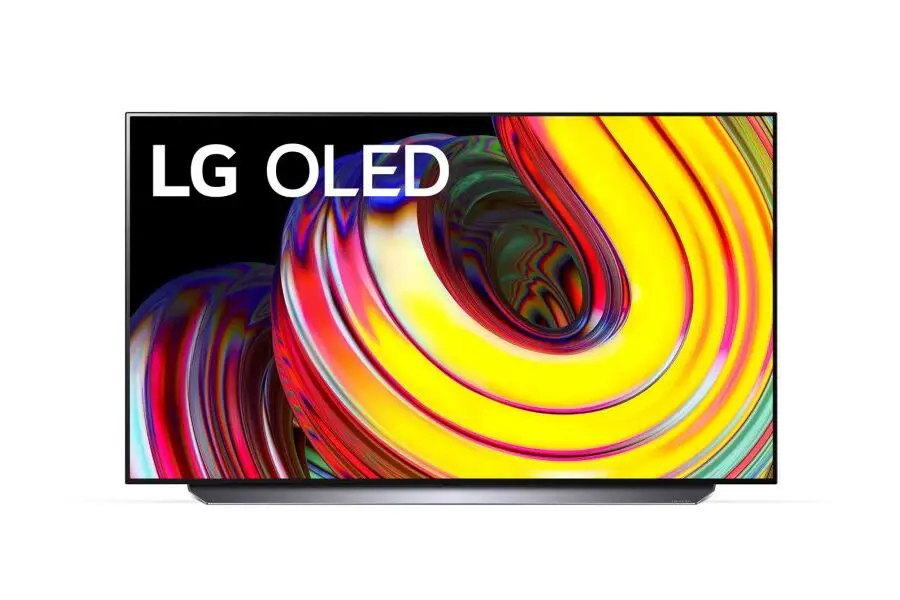
The global OLED TVs market generated US $14.7 billion in 2022 and is projected to grow at a CAGR of 16.6%, to reach a forecast US $50.4 billion by 2030. The AMOLED (Active Matrix OLED) segment is expected to have the largest market share and is projected to reach US $46.7 billion by the same year, growing at a CAGR of 16.9%. On the other hand, the PMOLED (Passive Matrix OLED) segment will grow at a CAGR of 13.4%.
China and the US are the leading markets for OLED TVs. The Chinese market is projected to reach US $13 billion by 2030, growing at a CAGR of 21.2%. Meanwhile, the US market was valued at US $3.8 billion in 2022. Other markets where OLED TVs are in demand include Canada, Germany, and Japan, which are projected to grow at 14.2%, 13.2%, and 11.7%, respectively.
The various factors driving the market growth for OLED TVs include:
- Their exceptional picture quality
- Affordability
- Ultra-thin and flexible TV designs
- Smart TV features
QLED TVs market size and potential
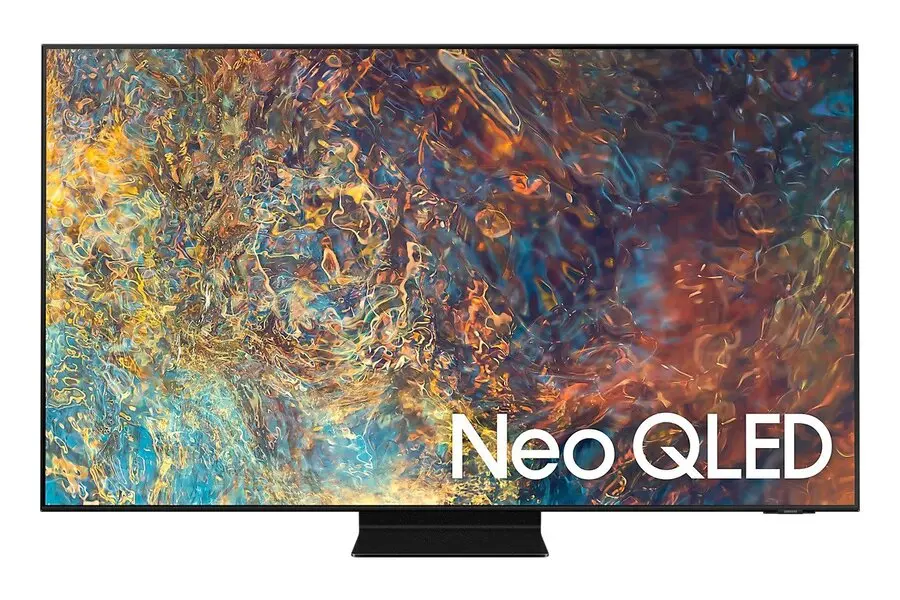
QLED TVs dominated the global smart TVs market in 2022, accounting for the largest revenue share, and are projected to grow at a sizable CAGR between 2023 and 2030. In 2022, QLED TV sales increased by 13% year over year (YOY) to 3.73 million units, accounting for 8% of the total TV market.
Various factors are driving the QLED TVs market growth, including:
- The global surge in demand for smart TVs facilitated by higher internet connectivity and streaming capabilities
- Increasing disposable incomes in various regions, enabling consumers to invest in premium QLED TVs
- High resolution and large screen sizes, including 4K and 8K options, which create immersive user experiences
- Gaming capabilities supported by features such as high refresh rates, low input lag, and support for gaming technologies
OLED 4K TVs
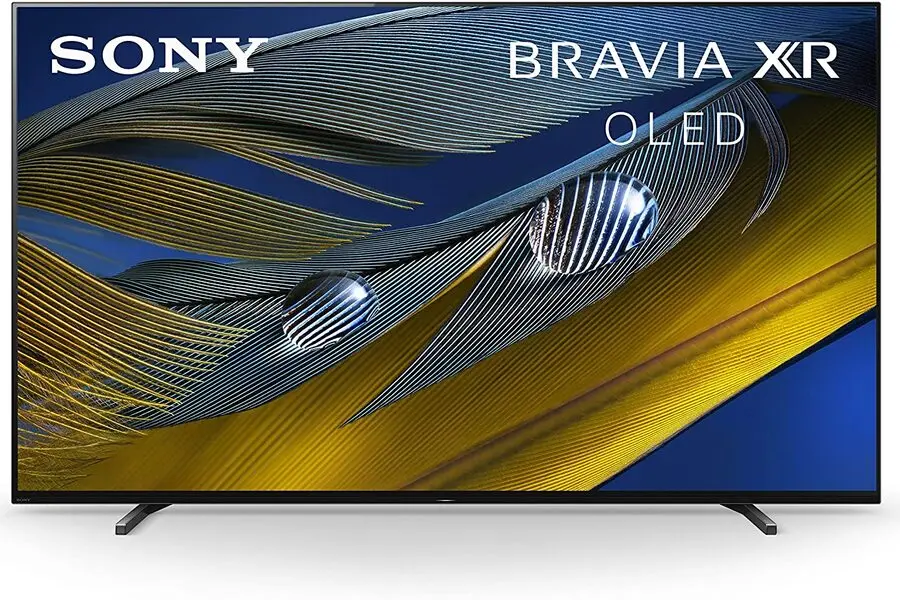
OLED 4K TVs use organic light-emitting diodes (OLED), a display technology known for its self-emissive properties. Each pixel emits light independently, eliminating the need for a separate backlight.
Features
- Exceptional picture quality characterized by deep blacks and high contrast ratios
- Wide viewing angles
- Vibrant colors
- Lightweight and sleek designs
- HDR compatibility
- Off-axis viewing
Pros
- Supports 4k resolution capabilities, which improves image quality and clarity
- No backlight bleeding
- Energy efficiency as they do not require backlighting, and OLED pixels only emit light when needed
- Faster refresh rates
Cons
- Color shifting and banding
- Expensive
- Potential for burn-in
QLED 4K TVs
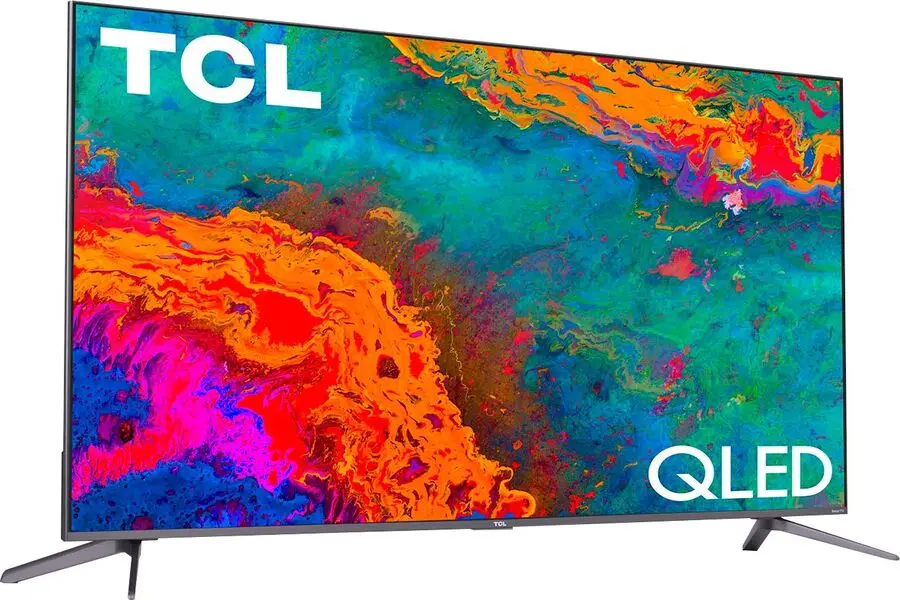
QLED 4K TVs are television displays that use Quantum-dot light-emitting diode (QLED) technology. This technology utilizes tiny nanoscale semiconductor particles, known as quantum dots, to enhance the color and brightness of the screen’s backlight.
Features
- Wide color gamut
- HDR compatibility
- Features anti-reflective screens, reducing glare and improving viewing clarity
- Thin and sleek designs
- In-built smart features to enable internet browsing and online streaming
Pros
- Offer 4K/8K resolution capabilities
- Characterized by higher levels of brightness, enhancing visibility and picture clarity
- QLED TVs are more energy-efficient than traditional LED TVs, thus reducing energy consumption and costs
Cons
- QLED TVs have limited viewing angles, sometimes causing the picture quality to decline when viewed from off-center positions
- Uniformity issues, such as backlight bleeding or clouding, result in uneven brightness and potential distractions during dark scenes or backgrounds
Differences between OLED and QLED TVs
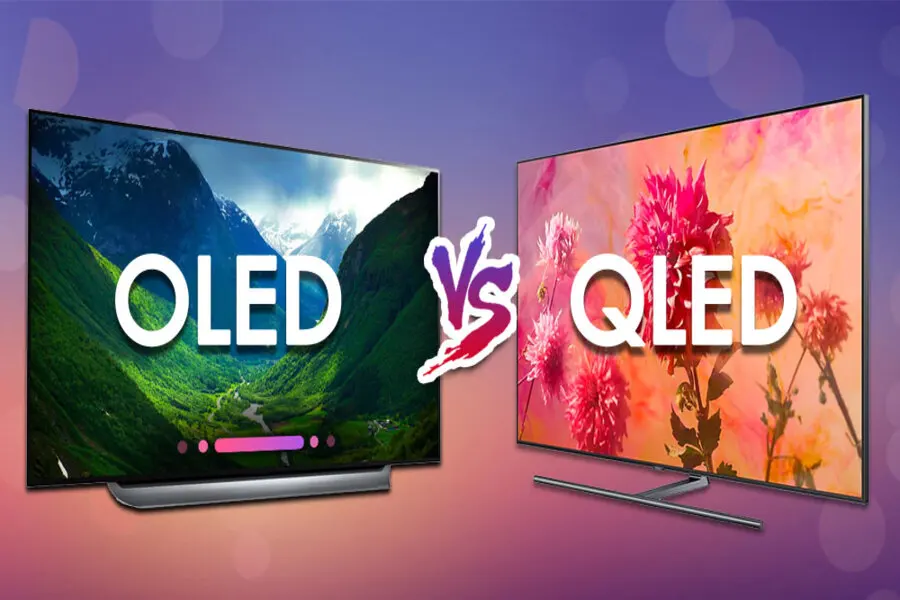
OLED and QLED TVs have distinct display technologies, contributing to their inherent design and operational differences. As a result, some customers may prefer one over the other based on individual preferences and needs. Below is an overview of their major differences:
Technology
QLED is a type of LED-backlit LCD (liquid crystal display) technology. It utilizes a backlight system, similar to traditional LED/LCD TVs, to illuminate the pixels on the screen. In addition, QLED displays use quantum dots – nanoscale semiconductor particles – to enhance the TV’s color and brightness. This results in vibrant and high-quality picture output.
On the other hand, OLED is a self-emissive technology, meaning that each pixel emits light independently. This replaces the need for a separate backlight as found in the traditional LED/LCD and QLED TVs.
Black levels and contrast
While QLED TVs have the ability to dim or turn off the backlight in specific areas to achieve darker scenes, they cannot completely turn off the backlight at the pixel level. In contrast, OLED TVs’ self-emissive technology enables them to achieve perfect blacks by the pixels not emitting any light. This means that the individual pixels in the OLED display can completely turn off and emit no light when displaying a black color.
Both TVs offer good contrast ratios. QLED TVs combine quantum dots and LED backlighting to produce vibrant colors and bright highlights. OLED TVs excel in contrast because of their ability to produce true blacks and control the brightness of individual pixels independently.
Brightness
QLED TVs have higher peak brightness levels since they use separate LED backlights, which can be designed to produce maximum brightness outputs. However, the OLED technology in OLED TVs relies on the brightness of individual pixels, which have relatively lower peak brightness than QLED TVs.
Screen burn-in
Image retention is an occasional issue with both QLED and OLED TVs. However, OLED TVs are more susceptible to burn-in, which occurs when one or more OLED pixels’ normal brightness is permanently reduced to a lower state.
Viewing angle
OLED TVs perform better when viewed at different angles. This is because the self-emissive technology in OLED TVs enables them to maintain consistent picture quality and colors even when viewed from extreme off-center positions. In contrast, the best viewing angle with QLED screens is at the center. In this case, picture quality diminishes as one moves further on the sides or up-down from the TV.
Power consumption
Both TVs are designed to be energy-efficient. However, QLED TVs use a separate backlight, which consumes more energy than OLED TVs’ self-emissive displays. Also, QLED TVs emit more heat due to the LED backlighting system.
Conclusion
The global demand for smart TVs is growing rapidly as consumers embrace new innovations, such as online streaming and gaming. QLED and OLED TVs are dominating the market thanks to their integration of advanced technologies, including smart features. However, they have distinct features that differentiate them, making each more appealing to different customers. For example, QLED and OLED TVs differ in terms of peak brightness levels, the display technologies used, refresh and response rates, input lag, and optimized viewing angles. Understanding these differences can help businesses cater to diverse customer segments, thus enhancing their competitive edge.
Visit Alibaba.com for a range of OLED and QLED TVs at different price points and sizes to help meet the needs and preferences of various target markets.



